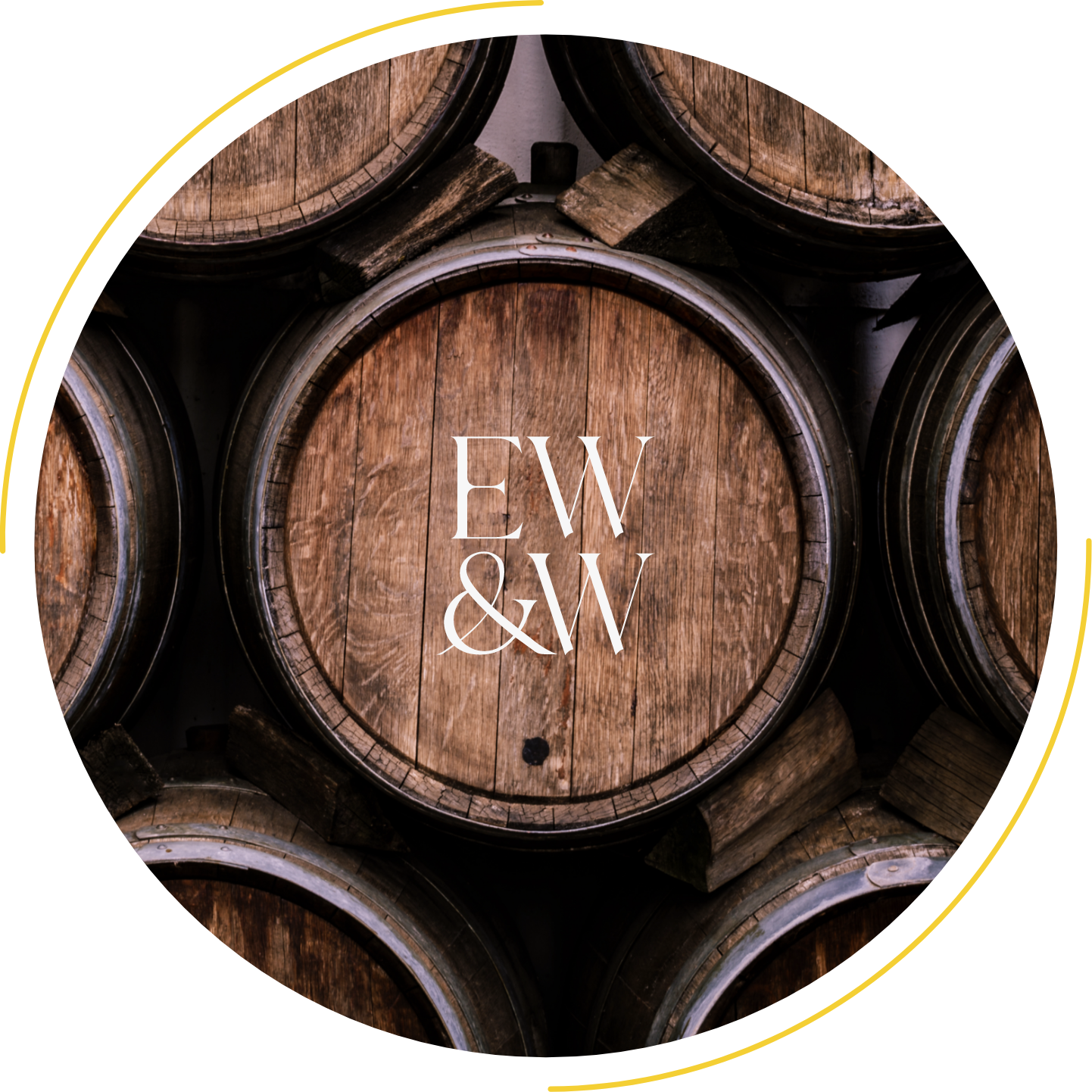A Whisky Cask Owner’s Glossary


This glossary will provide you with the key terms to discuss whisky casks. Whether you are a cask owner or an aspiring one, this glossary will teach you all the important terminology!
It’s easy to get confused when you start learning about whisky, with the new vocabulary. Terms like malt, new make, and phenols are very common in the tasting world and enable experienced drinkers to articulate their tastes.
Whisky cask ownership is growing in popularity. Once you take the step into the world of whisky cask collecting, you’ll find a whole new world of technical language awaits.
You may be a novice or experienced in the whisky industry, but we’ve created this guide to introduce you to the most important terms without making it too dry. By knowing these simple but important words, you can navigate yourself smoothly within the world of whisky.
Angels’ Share
Whisky can evaporate from the cask while it is maturing in the warehouse. This is a natural occurrence and it may be about 2% of the liquid annually, but this is just an approximation. It may depend on the age of the whisky, the size of the cask, and where in the warehouse. A small barrel stored at a warmer temperature is more vulnerable to angel attack.
ABV – Alcohol by Volume
The % abv provides a measure for the alcohol content of a whisky, for when it is ready to drink. Water may be added to the whisky in order to lower the % abv. For whisky, the legal threshold is 40% abv; higher strength whiskies include 60% abv or more.
Cask Strength whisky gives the drinker the chance to get the strain of their own whisky- and experience some unpredicted harsh flavours.
Bonded Warehouse
Whisky does not have taxes applied to the alcohol at the time of maturation, and must be taxed once it reaches the point of export. In order to ensure that nothing disappears before taxes are paid on it, whisky casks must be closely observed to ensure that nothing disappears before proper taxes have been paid on it.

A bonded warehouse is a consecrated or set aside piece of ground in the whisky world- a place that is staffed and certified by HMRC to look after maturing whisky and maintain the highest degree of trust. It is illegal to hold a maturing cask of whisky anywhere else, until the duty has been paid on it. The upside to this is that every cask of whisky has one of the highest governmental bodies vouching for its location and authenticity at all times.
Bulk Litres of Alcohol
Even the strongest grain spirit is not fully 100% pure alcohol. It’s a mixture of alcohol, water, aromatic compounds and other substances which can change a lot over the course of maturing in a cask, making accurate measurements difficult.
Alcohol is simplistically measured by examining the cask. For example, if a cask is filled with 250 litres of new spirit at 63% abv, then it contains 0.63 x 250 = 157.5 bulk litres of alcohol.
Bung
A bung is an important part of a whisky barrel because it is the cork which prevents the whisky from leaking after it has been filled. It can only be removed by specialist tools, necessitating an old bung not being reused.
The bungs are made of poplar and it physically touches the whisky, which technically means that the whisky is not 100% oak-matured. There is about 0.2% poplar in the mix too.
Char
Oak wood alone does not have enough of an effect on the maturation of whisky. The inside needs to be charred to toast, or it can be blackened over a fire source, in order for it to have the desired effect.
The Char process can be light, medium, heavy or allagger as the heaviest charring cracks up hardwood like an alligator.

Charred casks have antioxidant qualities that help break down molecules in the wood, creating sweet, coloureful sugars. Charred casks also absorb extra sulphur which prevents a whisky from tasting/smelling slightly funky after it’s been trapped for 20 years.
HMRC
Her Majesty’s Revenue and Customs is a governmental body that oversees collection of taxes in the United Kingdom. This is a large deal in the whisky industry as it is HMRC that determines who, where and how whisky can be matured, and what amount of tax payable on alcohol at the time of bottling or export.
OLA
Original Litres of Alcohol. The amount of alcohol in the cask is calculated based on the volume filled and the substance’s strength. This information is important to remember, as it has a direct effect on future measures of RLA.
Regauge
Regauging a cask is checking on what’s inside. The cask is weighed, emptied, and weighed again and then the alcohol strength is measured. This allows the warehouse workers to identify how many angels’ shares have been lost and will give an idea of how well the whisky is maturing. Samples are taken to see how it tastes and if there are any problems. It’s like an MOT for a whisky cask.
RLA
Regauged litres of Alcohol. The quantity of liquid alcohol in a barrel can be determined by the RLA. If you have an accurate RLA, you will know how much is left in the barrel, and you’ll be able to label your whisky bottle more precisely when it matures.
WOWGR
This acronym refers to the Warehousekeepers and Owners of Warehoused Goods Regulations – a set of documents that describe the necessary procedures when transferring whisky (and other duty suspended products) from one bonded facility to another. Regulations like these ensure that the transport of whisky is always done under the strictest scrutiny.



